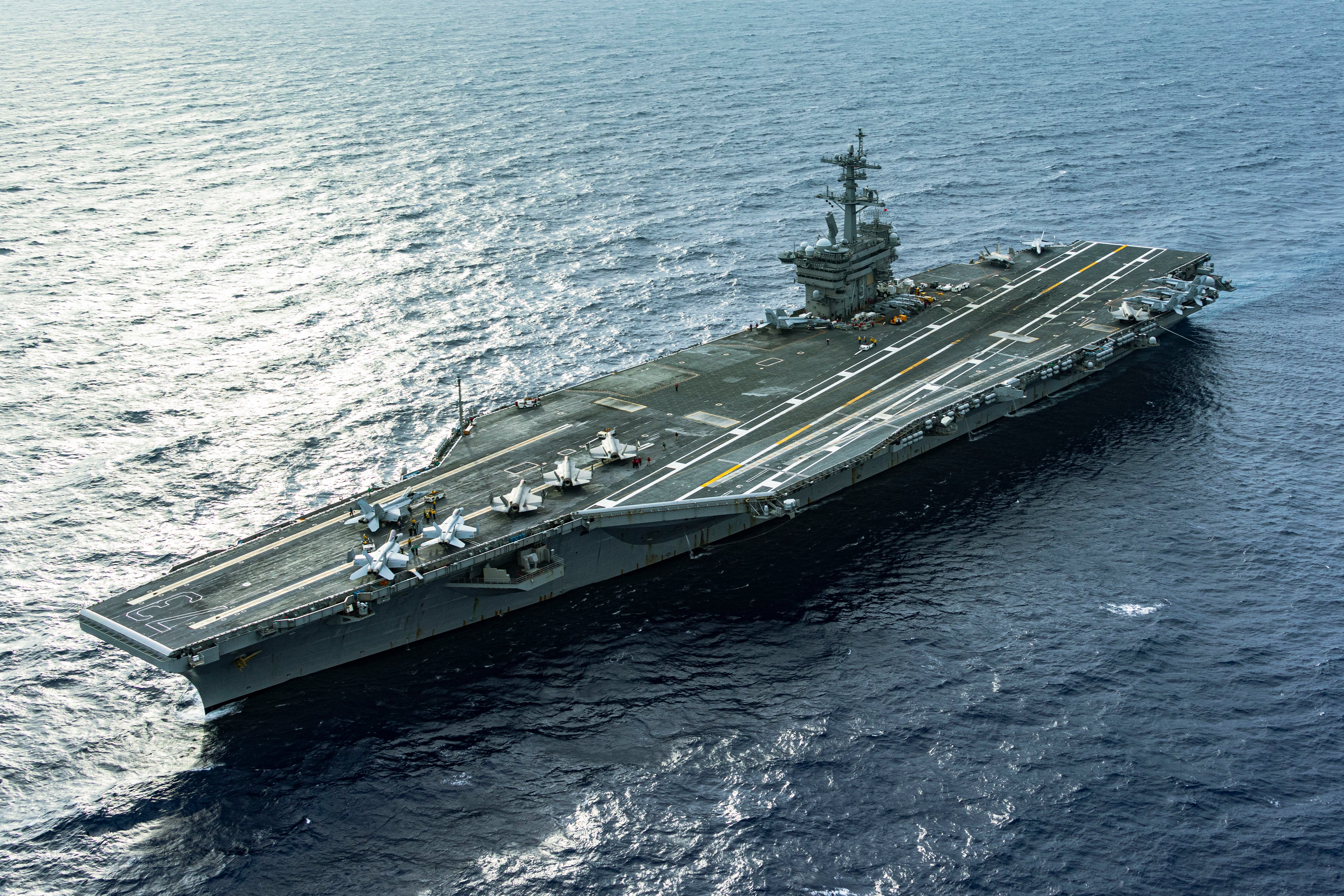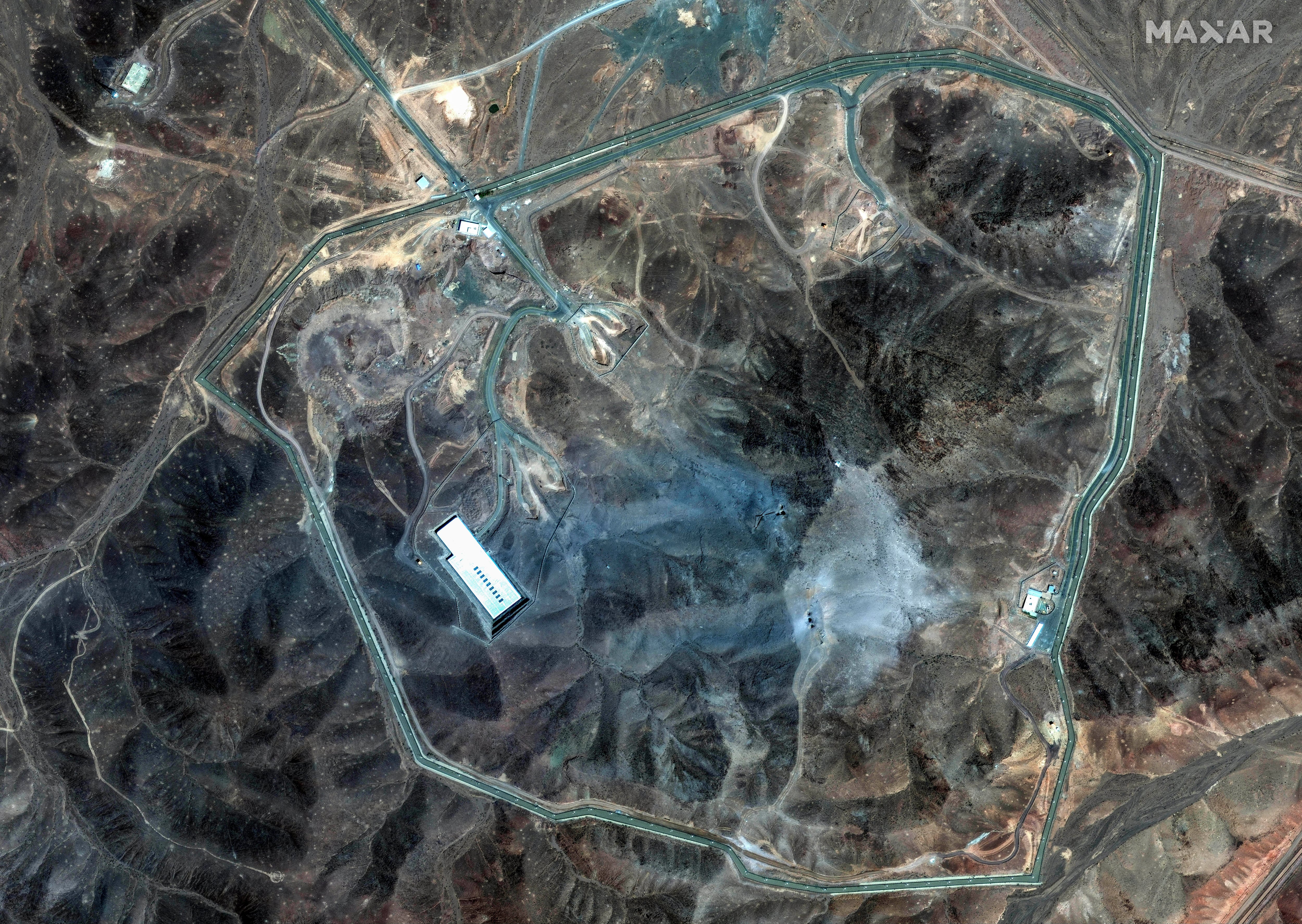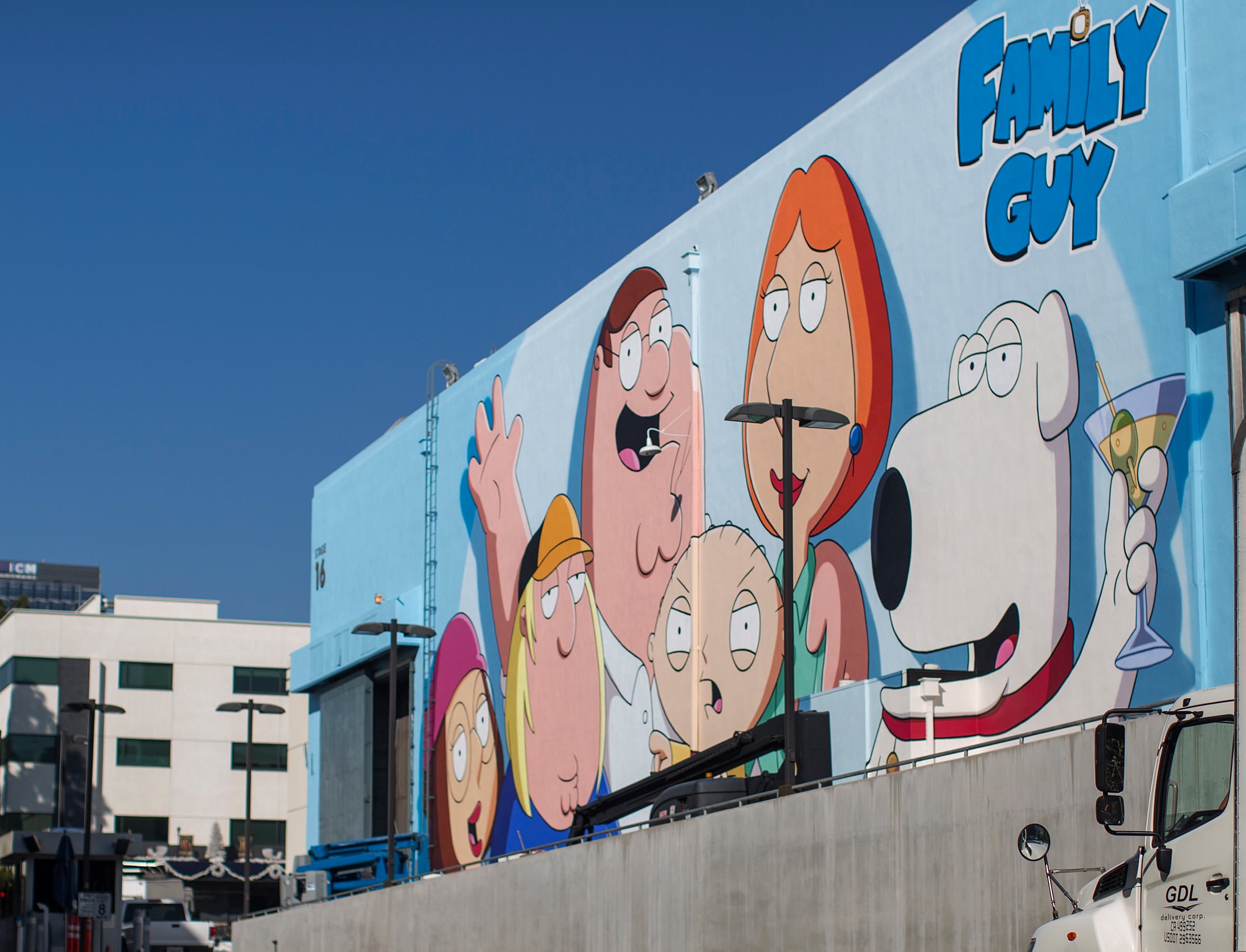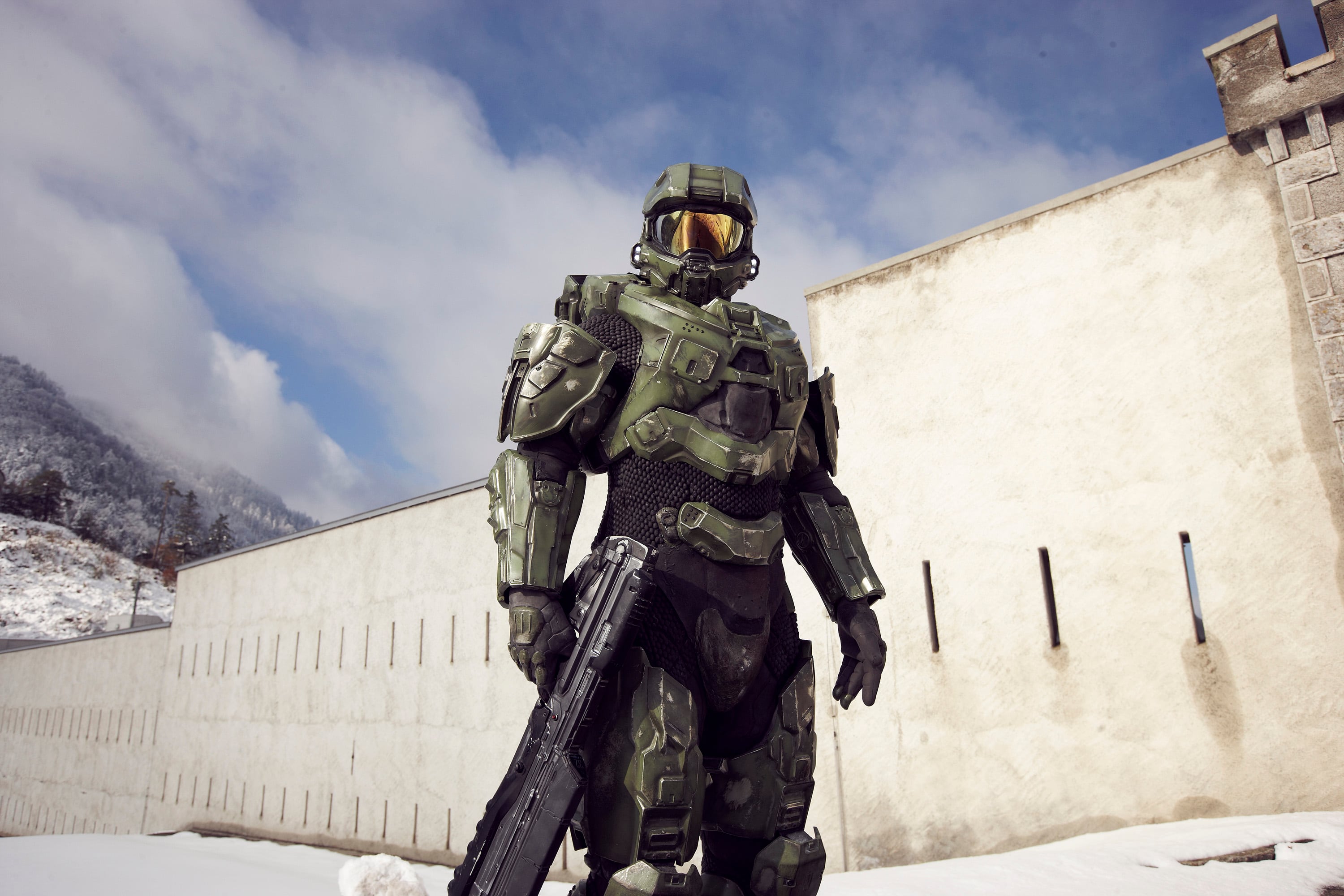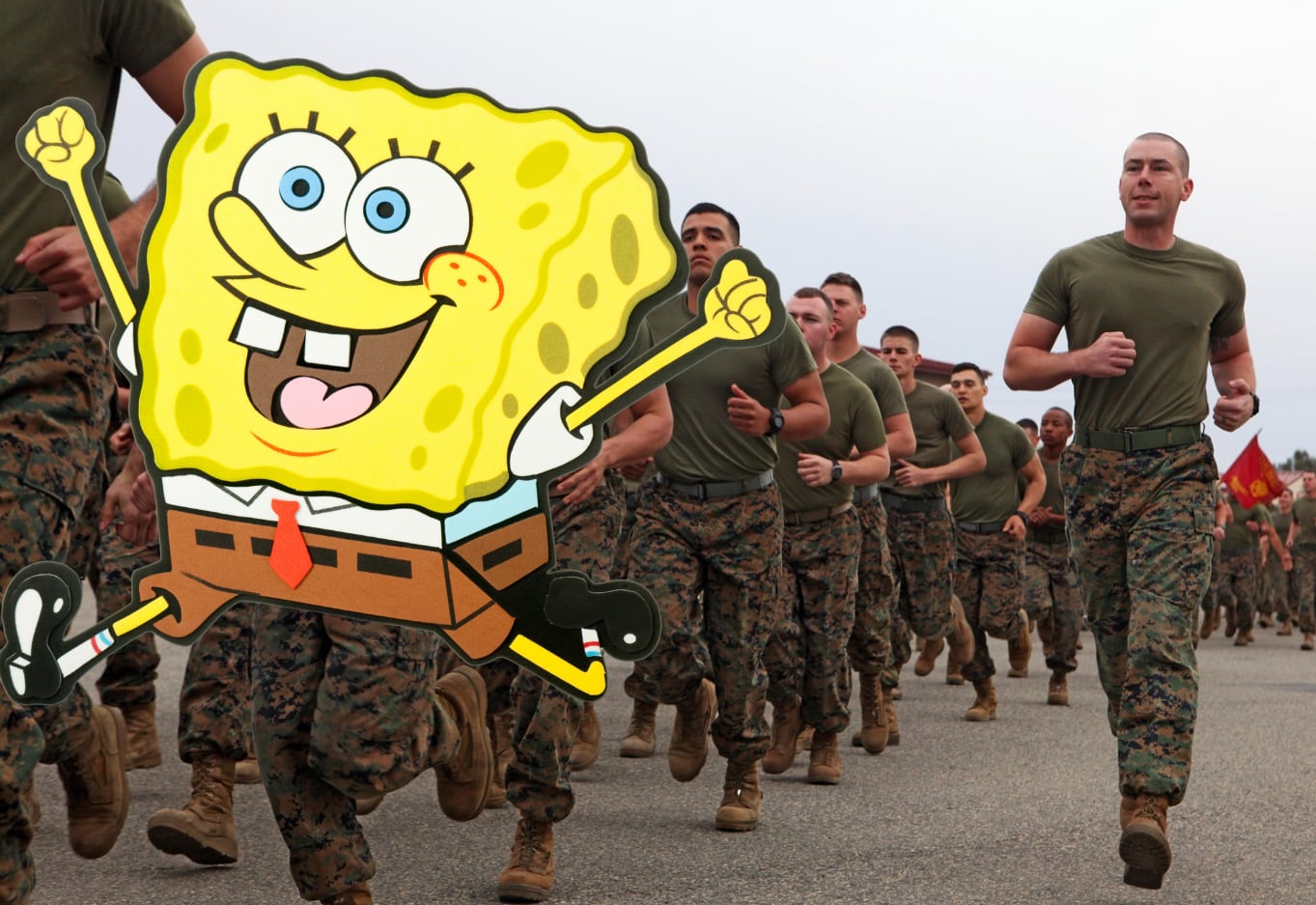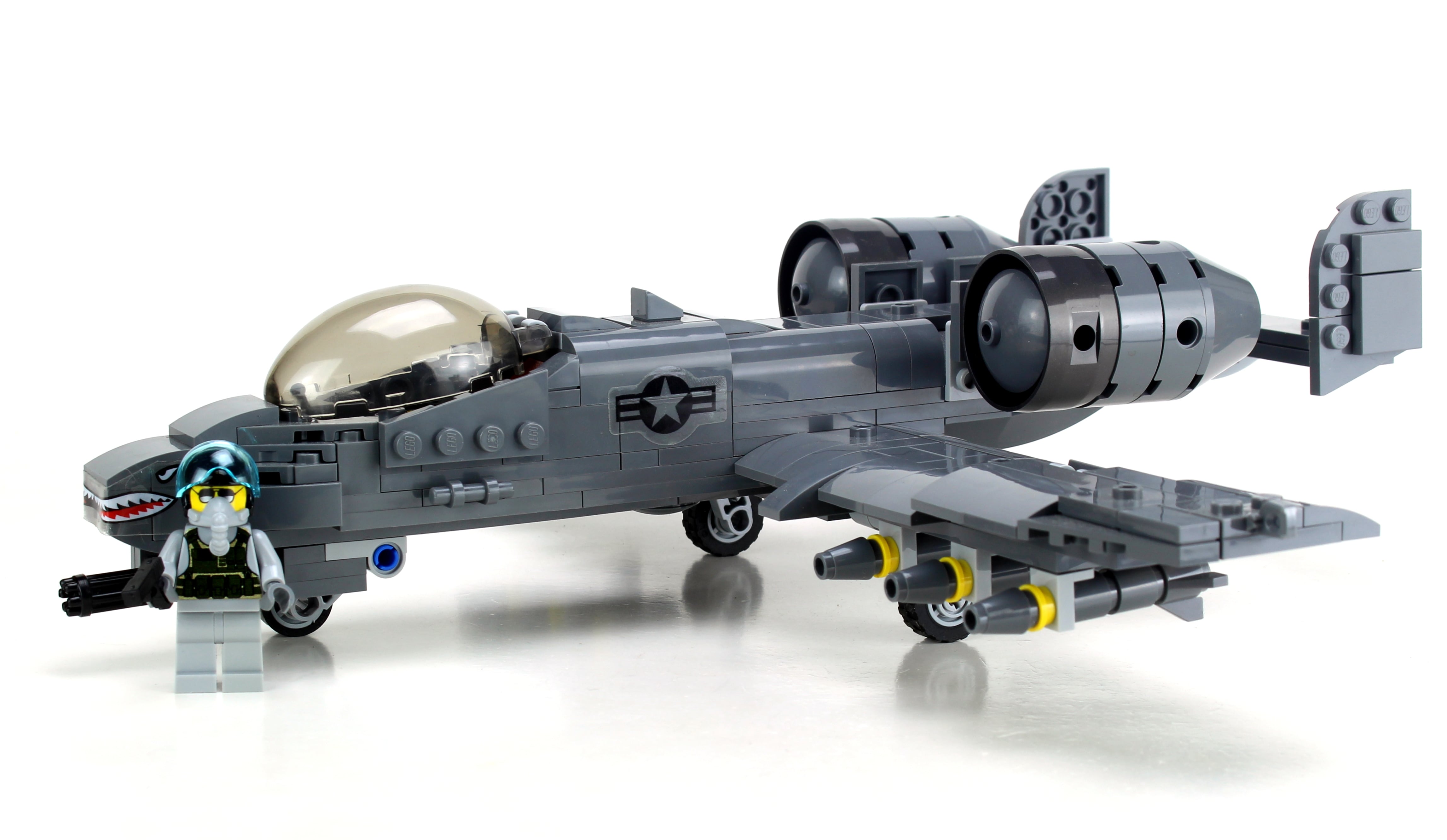Photographer Bill Cunningham once said, “Fashion is the armor to survive the reality of everyday life.”
For those serving in the armed forces that statement is far more literal than figurative. As a result, the military has, over the years, become a driver of clothing that is not only worn in battle, but civilian attire as well.
From the trenchcoat to the peacoat and acetate glasses frames, the military has an oft-unacknowledged influence on the fashion world. But there is one particular item, laughed at by some as the antithesis of sartorial elegance, that traces its roots to militaristic origins more than any other: cargo pants.
The earliest iteration of the cargo pant was the pocketed trouser-type worn in the 1930s by British soldiers in battledress, according to author Brian Jewell.
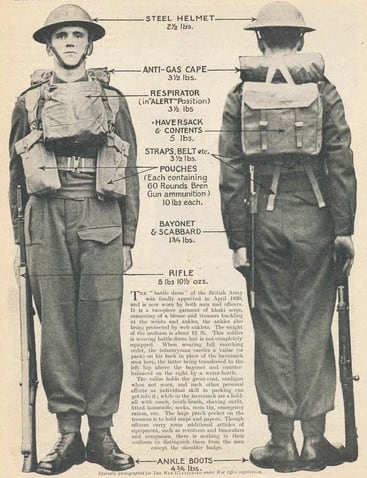
“In the 1930s the War Office grew increasingly aware of the need for a new and more rational combat dress, and by 1937 the design for what would become known as ‘battledress’ was complete,” reads the summary of “British Battledress 1937-61.”
“Though the change in uniform was initially disappointing to the British soldiers, the new battledress served its purpose well, clothing the servicemen for more than 25 years with reasonable warmth and convenience.”
It was indeed a diversion from the more formal uniforms that for centuries made the voguish British Army a fearsome thing to behold (especially during that era when it sported red coats). But the more relaxed dress eventually caught on, with the United States, notably paratroopers, also modeling its World War II-era uniforms closely after it.
One German officer, wary of American forces closing in, commented in his diary about the distinguishable appearance of the U.S. paratroopers.
“American paratroopers — devils in baggy pants — are less than 100 meters from my outpost line," he wrote. "I can’t sleep at night; they pop up from nowhere and we never know when or how they will strike next. Seems like the black-hearted devils are everywhere.”
It wouldn’t be long before each U.S. military service adopted the utility pants.
“Based on the success of that paratrooper pant, after World War II the dual pocket cargo pant became standard issue for almost all branches of the U.S. military,” GQ reported.
In 1952 the Army adopted the OG-107s — olive green dual-front-pocket pants that tucked into the boots — which were swiftly replaced by the ever-popular and evolving BDU.
As for the civilian market, cargo pants enjoyed a heyday in the 1990s. In fact, Complex praised them as number seven on its 90 best trends from the 1990s list, writing, “Cargo Pants were like SUVs for your legs. It’s no wonder why both things experienced such a boom in the ’90s.”
Indeed, contemporary cargo pants are notorious for their baggy fit and “patch pockets." And though they are now most often donned by dorky dads who pair them with New Balance tennis shoes, or vet-bros yet to graduate to fitted jeans of slacks, they’ll always hold a special place in military history — and our hearts.
Sarah Sicard is a Senior Editor with Military Times. She previously served as the Digitial Editor of Military Times and the Army Times Editor. Other work can be found at National Defense Magazine, Task & Purpose, and Defense News.
In Other News
